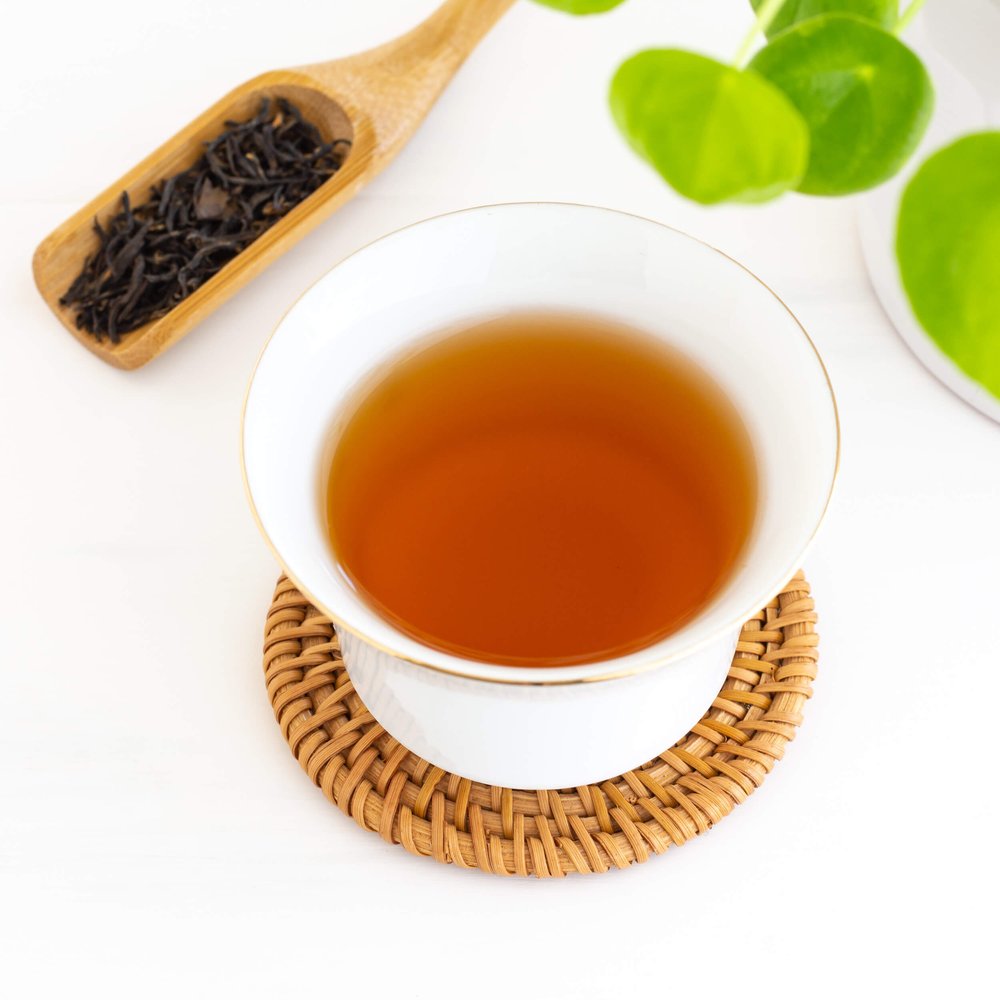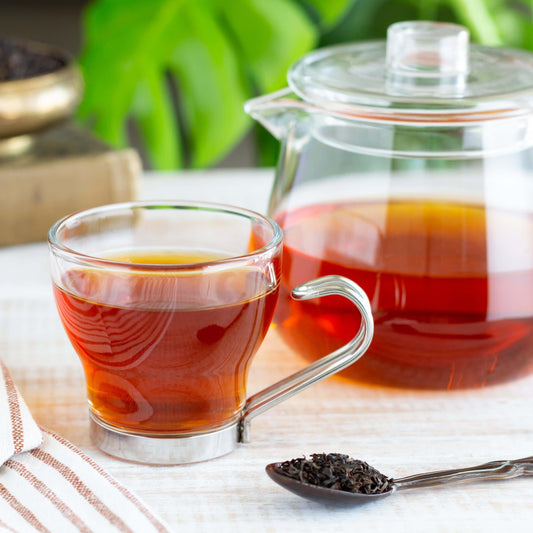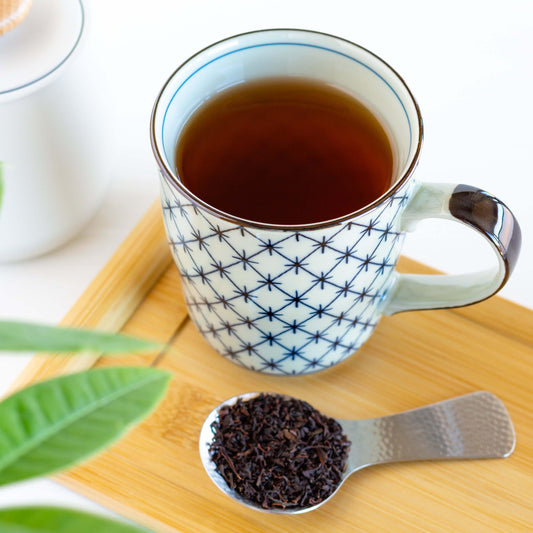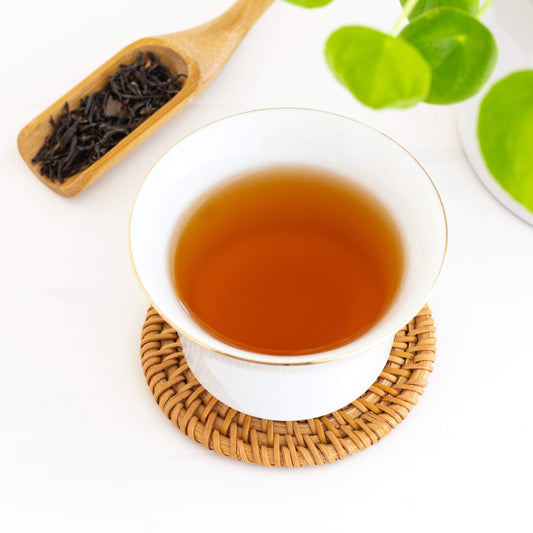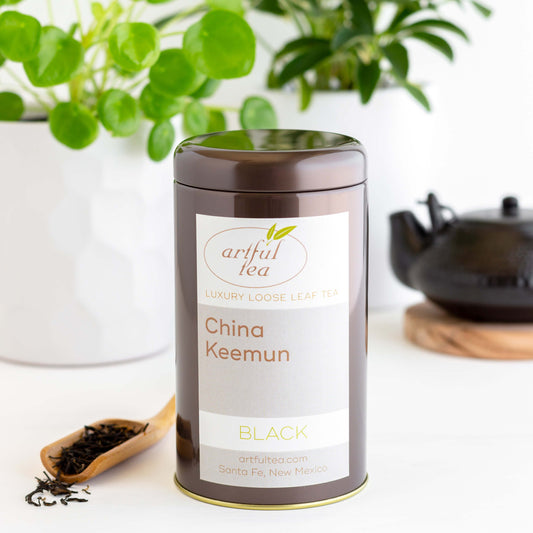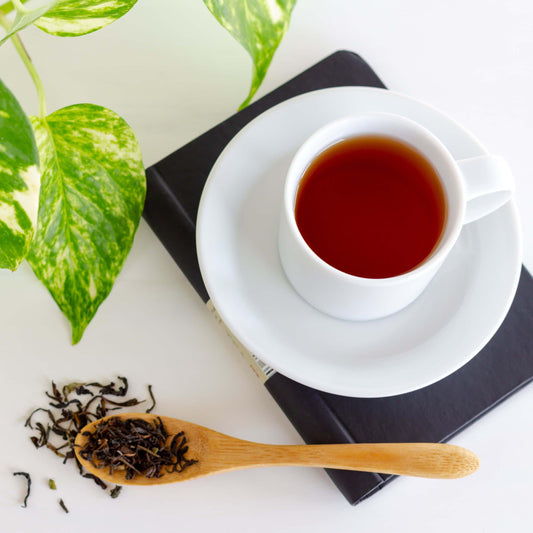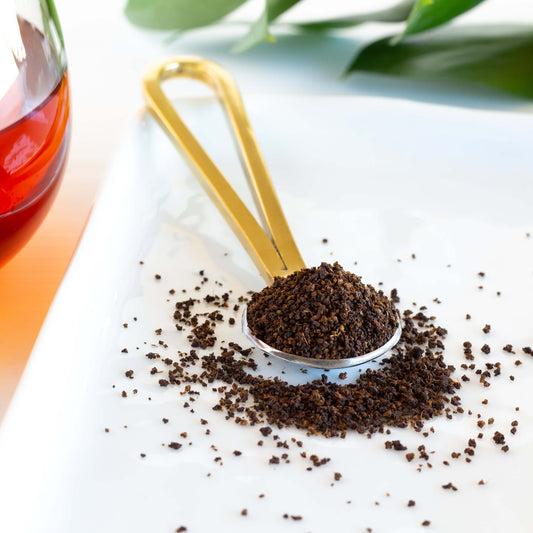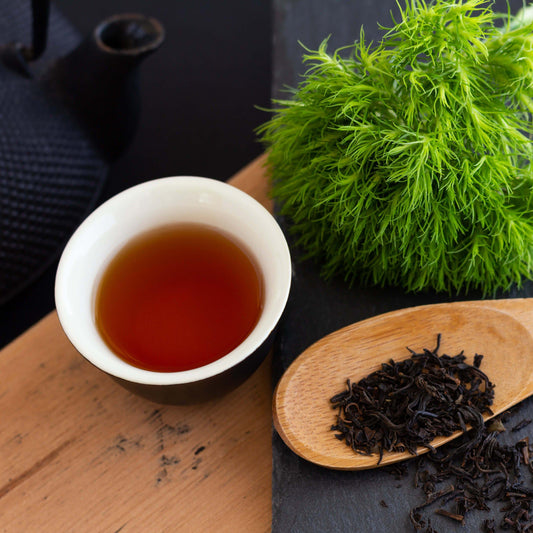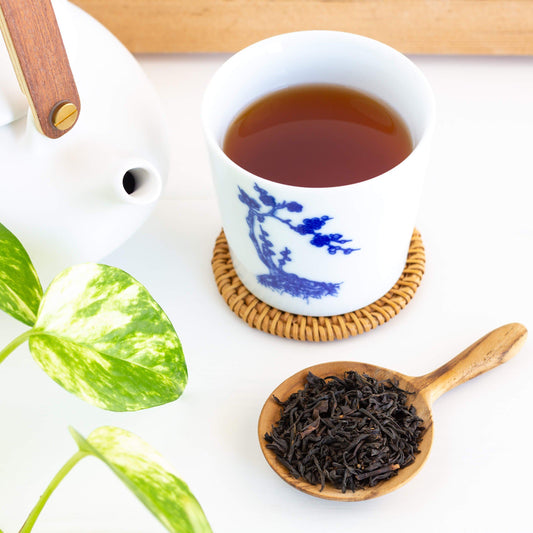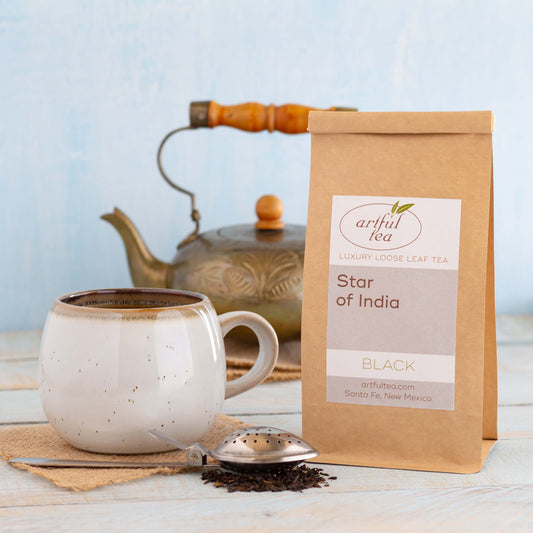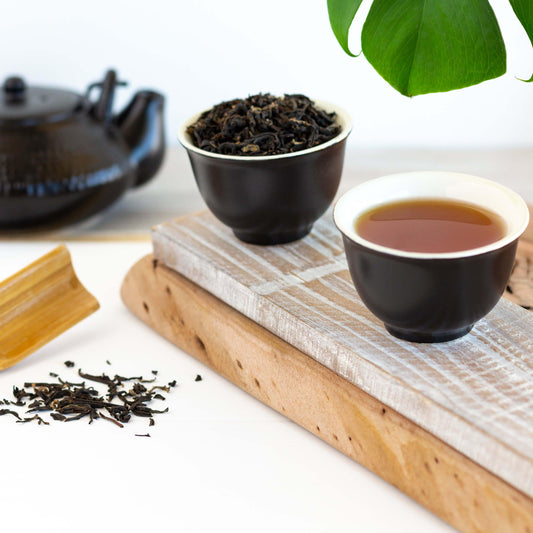Milk tea can refer to a variety of different teas and tea-based drinks from all over the world. At its most simple, milk tea usually means tea with milk in it - although how these tasty beverages are prepared can vary from country to country and region to region. Hokkaido milk tea is a unique type of milk tea that originates from Japan.
What is Hokkaido milk tea?
While most Japanese teas are made from green tea or matcha, Hokkaido milk tea has a black tea base. It also contains milk and a sweetener such as brown sugar, honey, or caramel. Traditionally, Hokkaido milk tea is made using milk from the Hokkaido region of Japan. Hokkaido is the farthest north of Japan’s main islands, and is known for its agricultural and dairy products, including the milk used to make Hokkaido milk tea. Hokkaido milk tea is sometimes also known as royal milk tea or nidashi milk tea.
How to prepare Hokkaido milk tea
Hokkaido milk tea is made using a simple list of ingredients that you probably already have in your fridge or kitchen cabinet. It’s a rich, satisfying tea drink that’s easy to whip up in a few minutes. Royal milk tea is characterized by a higher ratio of milk to water, which makes for an especially milky, creamy cup, just like with Hokkaido milk tea. When preparing milk tea, the tea leaves, water, milk, and sweetener are often all heated and infused together in one pot, similar to the way that chai is prepared in India.
Hokkaido milk tea ingredients
- Loose leaf tea - Hokkaido milk tea traditionally has a black tea base. Hearty black teas like Assam, Irish Breakfast, and English Breakfast are all great choices.
- Milk - Traditionally, this tea is made using milk from the Hokkaido region of Japan. We recommend using whole milk or a combination of milk and cream for an extra rich and satisfying tea. You can also use non-dairy milk like oat milk or almond milk.
- Sweetener - Hokkaido milk tea is often sweetened with brown sugar, honey, or caramel. You can sweeten this tea to taste, adding more or less depending on how sweet you like it.
Hokkaido milk tea preparation instructions
The recipe for Hokkaido milk tea is akin to other common milk teas, including a classic British cuppa. If you already take milk and sweetener in your tea, Hokkaido milk tea is prepared using a similar method. What really makes Hokkaido milk tea shine is its top-quality ingredients: from robust loose leaf tea to rich, full-fat milk to specialty sweeteners like brown sugar and caramel, treating yourself to quality ingredients makes this tea that much better.
To prepare Hokkaido milk tea:
- Measure your leaves - Use approximately one teaspoon of tea leaves for every six ounces of water in your pot or cup. We recommend preparing loose leaf tea using a teapot, tea infuser, or tea filter. These methods allow the tea leaves to expand while steeping, which results in a more flavorful cup.
- Heat your water - Heat filtered water until it reaches a full boil (approximately 212 degrees.) You can heat your water with an electric kettle, stovetop kettle, or in a pot on the stove.
- Infuse your tea leaves - Pour hot water over your tea leaves and infuse for about three to five minutes. For a stronger cup of tea, remove the leaves closer to the five-minute mark.
- Sweeten your tea - You can use any sweetener you want for this recipe, but brown sugar, honey, or caramel are all traditionally used to sweeten Hokkaido milk tea.
- Add the milk - Add the milk to your tea. If you like, you can heat and froth the milk before you add it as you would in a traditional tea latte.
Hokkaido milk tea caffeine content
If you use a traditional black tea base to prepare Hokkaido milk tea, your tea will be high in caffeine, containing about half as much as a cup of coffee. The caffeine content present in tea is influenced by several factors, including:
- Leaf size - Hokkaido milk tea is typically prepared using broken leaf teas, which brew up into a strong cup of tea with a high caffeine level. In general, teas with broken leaves contain more caffeine than teas with whole leaves.
- Tea varietal - Robust black teas like Assam and Irish Breakfast are produced from the camellia sinensis var. assamica tea varietal, which tends to be higher in caffeine.
- Water temperature - We recommend brewing the black tea base for Hokkaido milk tea using water that has reached a full boil (approximately 212 degrees.) The hotter the water, the more caffeine will be present in the tea.
- Steep time - We recommend infusing the black tea base for about three to five minutes. The longer the steep time, the higher the caffeine content.
Other types of milk tea
While Hokkaido milk tea is Japan’s unique twist on milk tea, various other milk tea recipes are popular throughout much of Asia, as well as in the UK and former British colonies. Milk teas that are similar to Hokkaido milk tea include:
- Hong Kong milk tea - Hong Kong milk tea is made with black tea and evaporated milk or sweetened condensed milk. The tea used is typically a hearty black tea like Ceylon, although aged teas like Pu-erh may also sometimes be used.
- Okinawa milk tea - Okinawa milk tea is similar to Hokkaido milk tea, but features complex and nuanced Okinawa brown sugar.
- Boba - Boba, often also known as bubble tea or pearl milk tea, is a unique milky tea flavored with tapioca pearls. While boba can be made without milk, milk or condensed milk is often added to the drink. This tea is typically served iced. Boba originated in Taiwan, but is now popular all over the world.
- Thai tea - Thai tea is made from tea, milk, and sugar. It’s often served as an iced tea, and usually has a base of Assam or Ceylon. Thai tea can be flavored with ingredients including lime, mint, orange blossoms, star anise, tamarind, and other spices. The drink is often sweetened with sugar or sweetened condensed milk.
- Tea lattes - Tea lattes are typically made using tea and steamed, frothed milk, and are similar to coffee-based lattes. Popular versions of tea lattes include matcha lattes, chai lattes, and London Fog lattes.
- Masala Chai - Chai means “tea” in Hindi, while masala means “blend of spices.” Masala Chai typically combines black tea, honey, milk, and spices like ginger, cardamom, and cloves.
- A classic British cuppa - Tea drinkers in the UK and Ireland typically take their tea with milk (and occasionally sweetener.) Traditional breakfast blends like Irish Breakfast and English Breakfast are often used for this type of milk tea.
